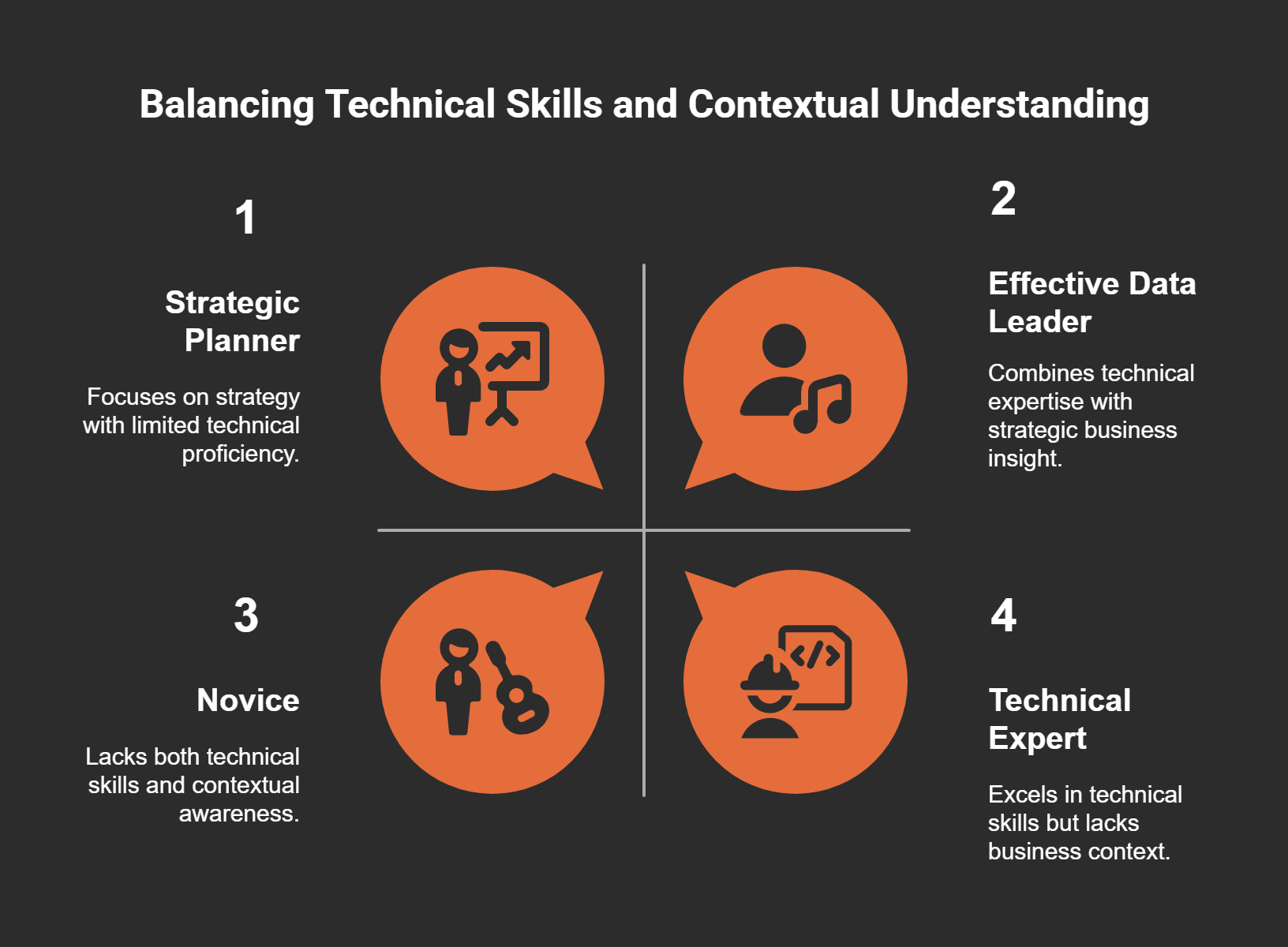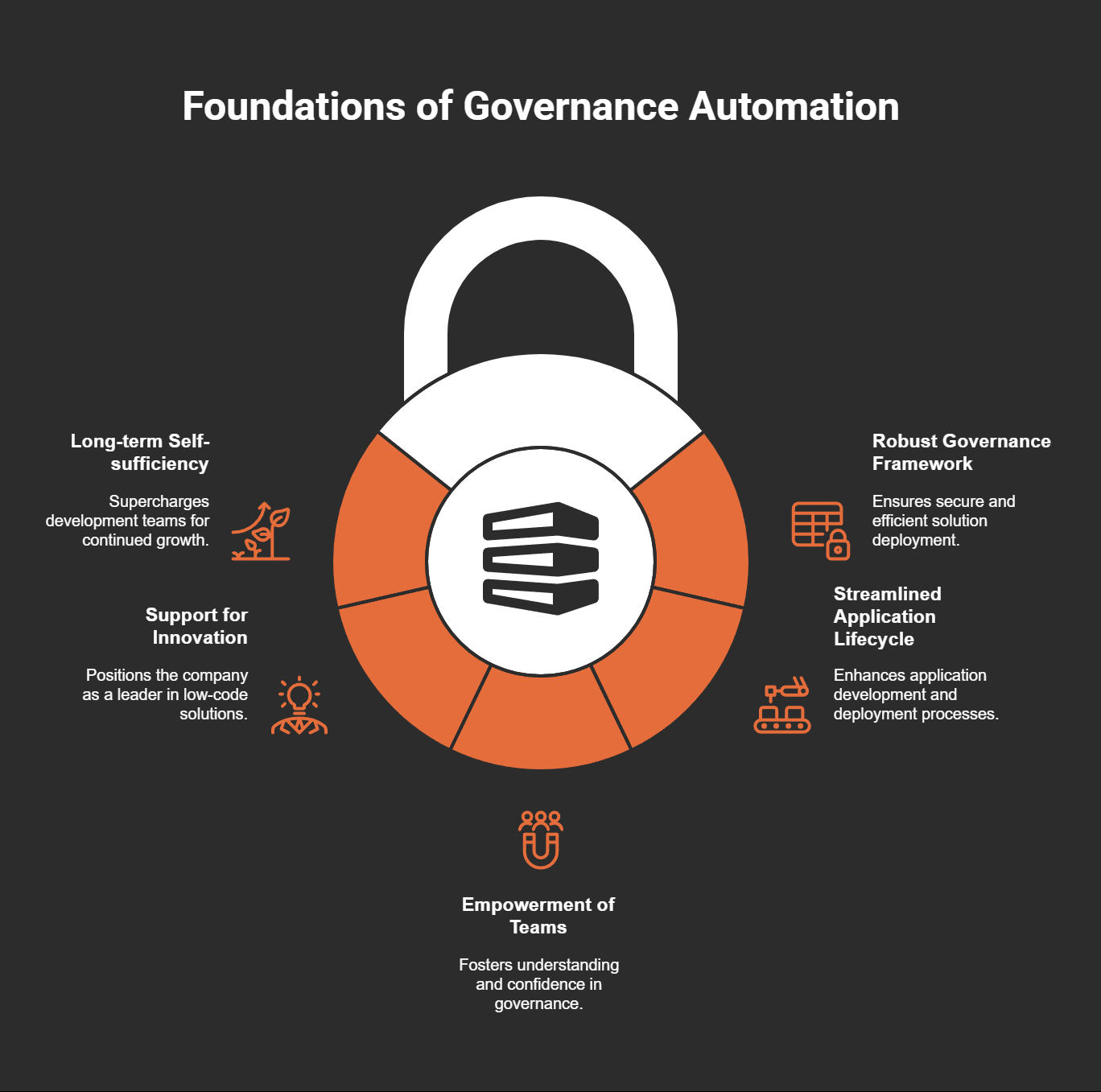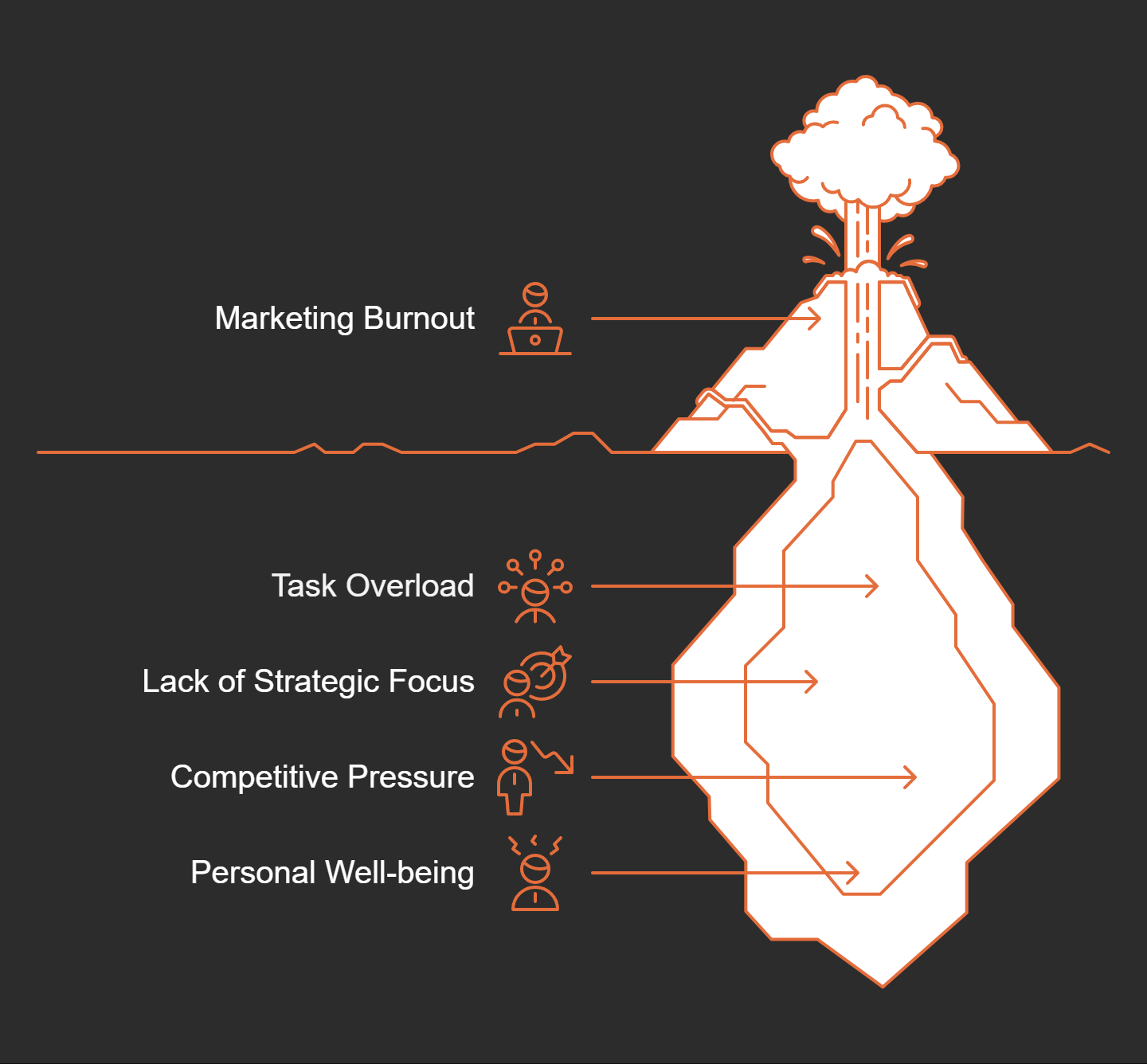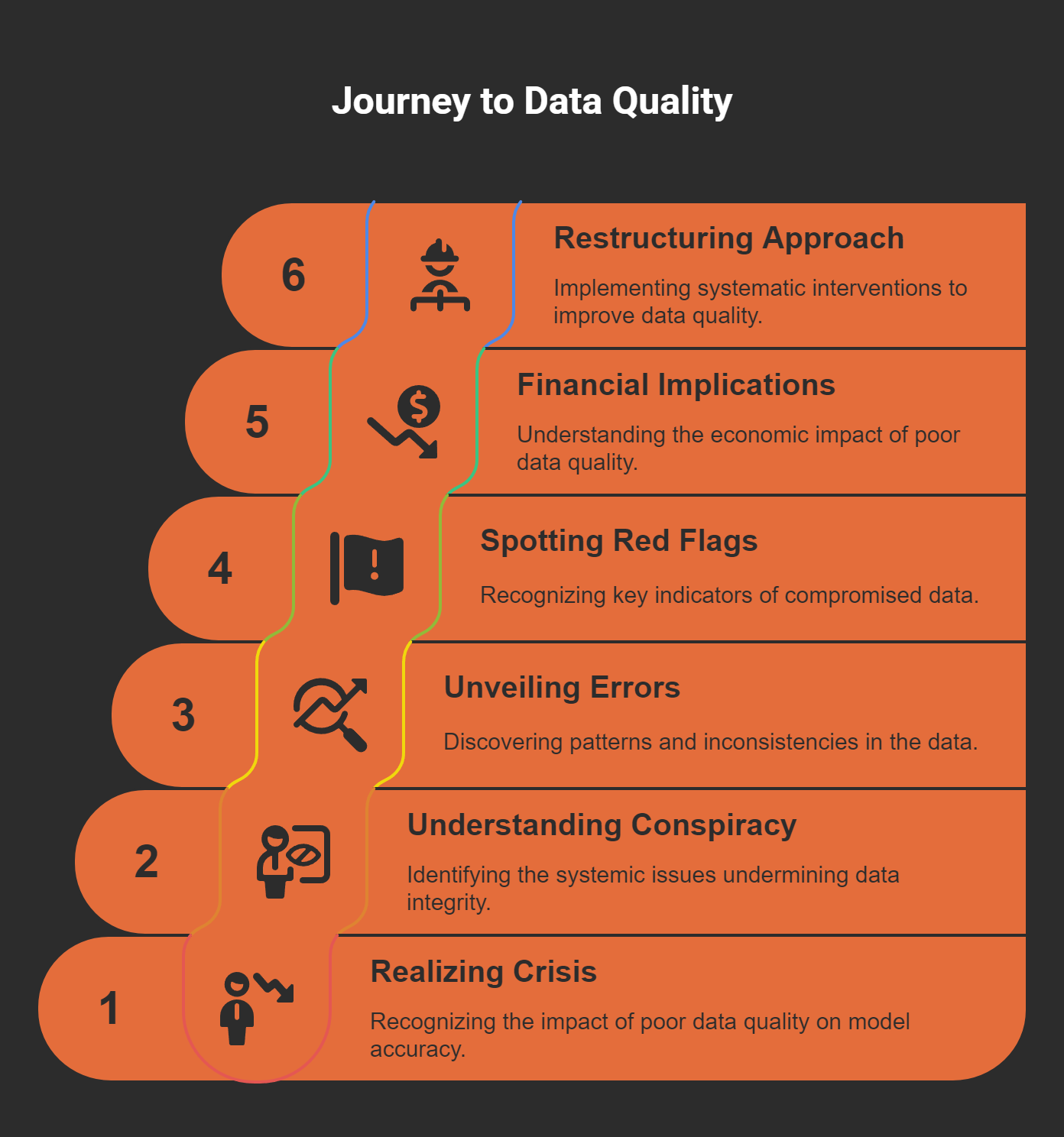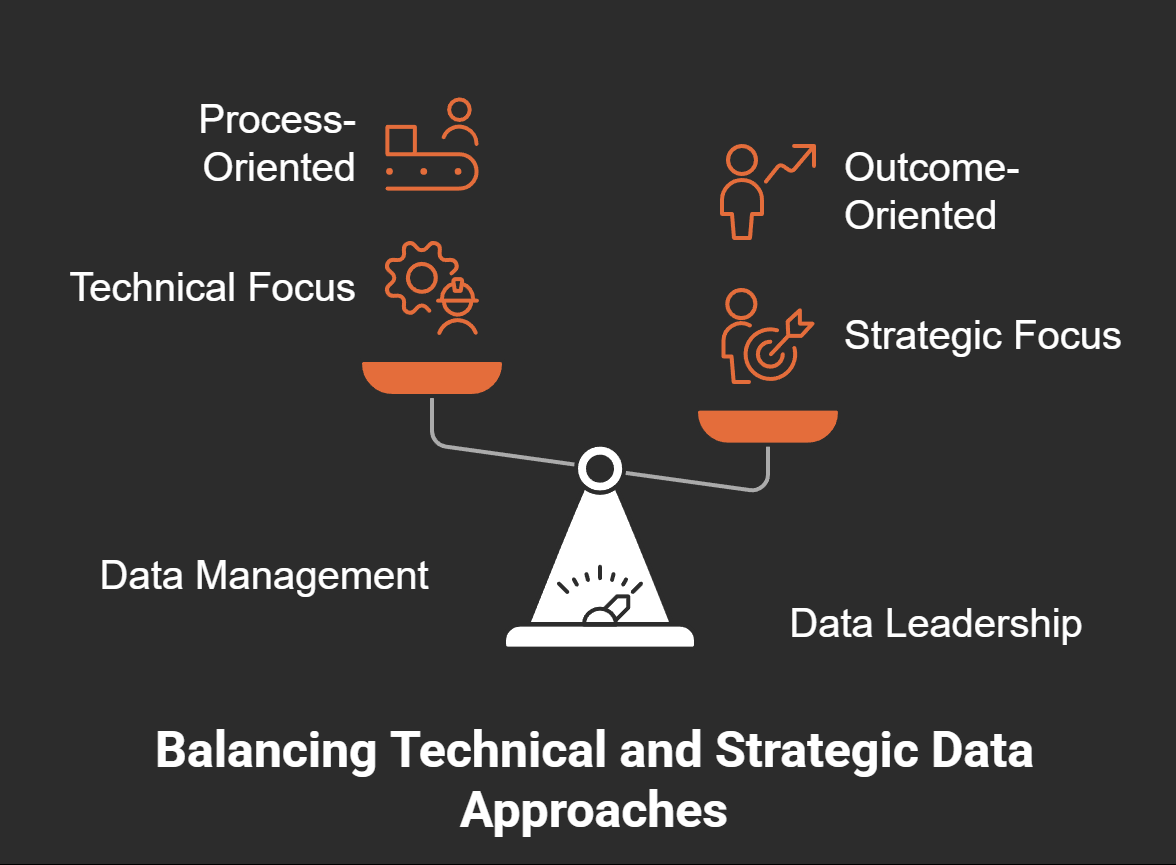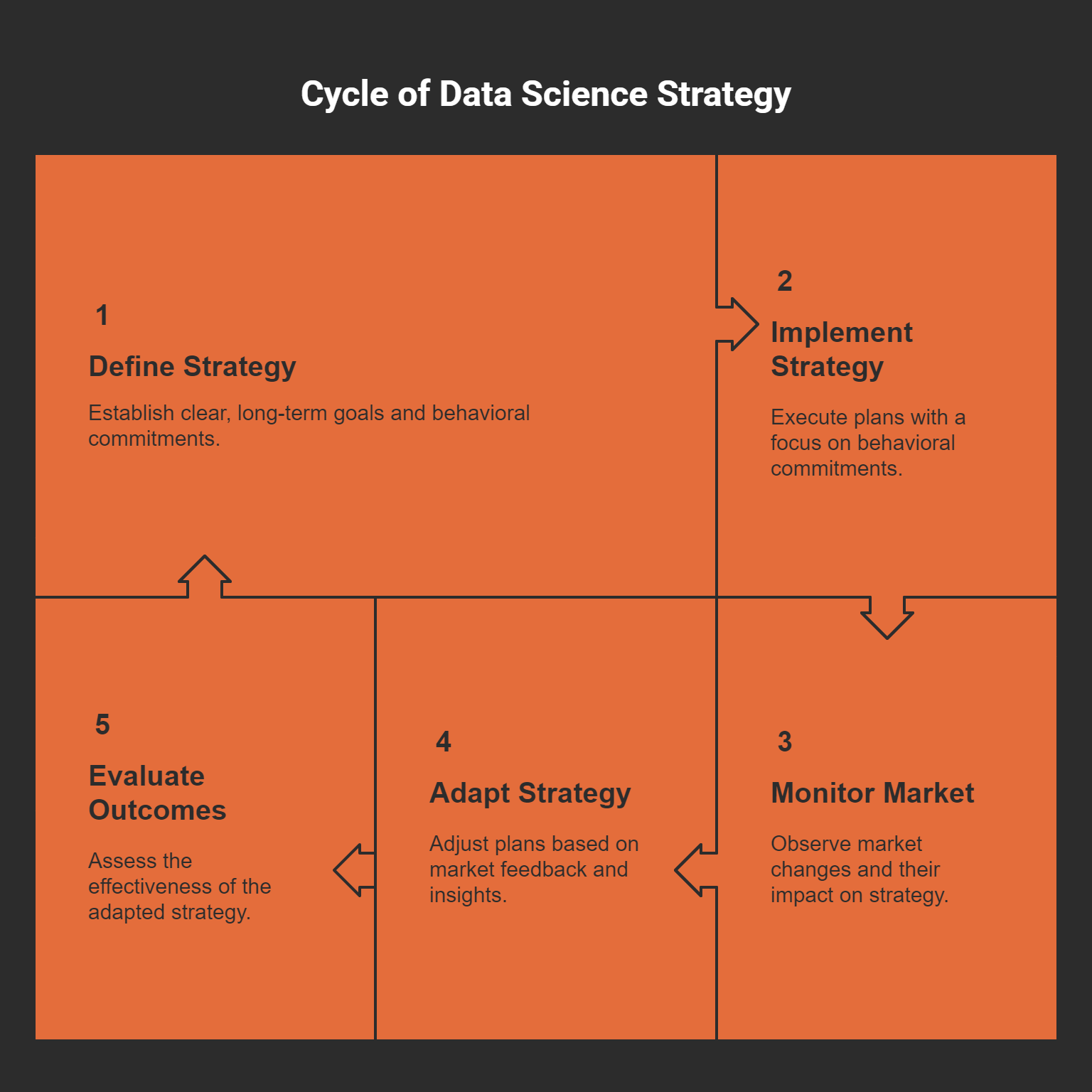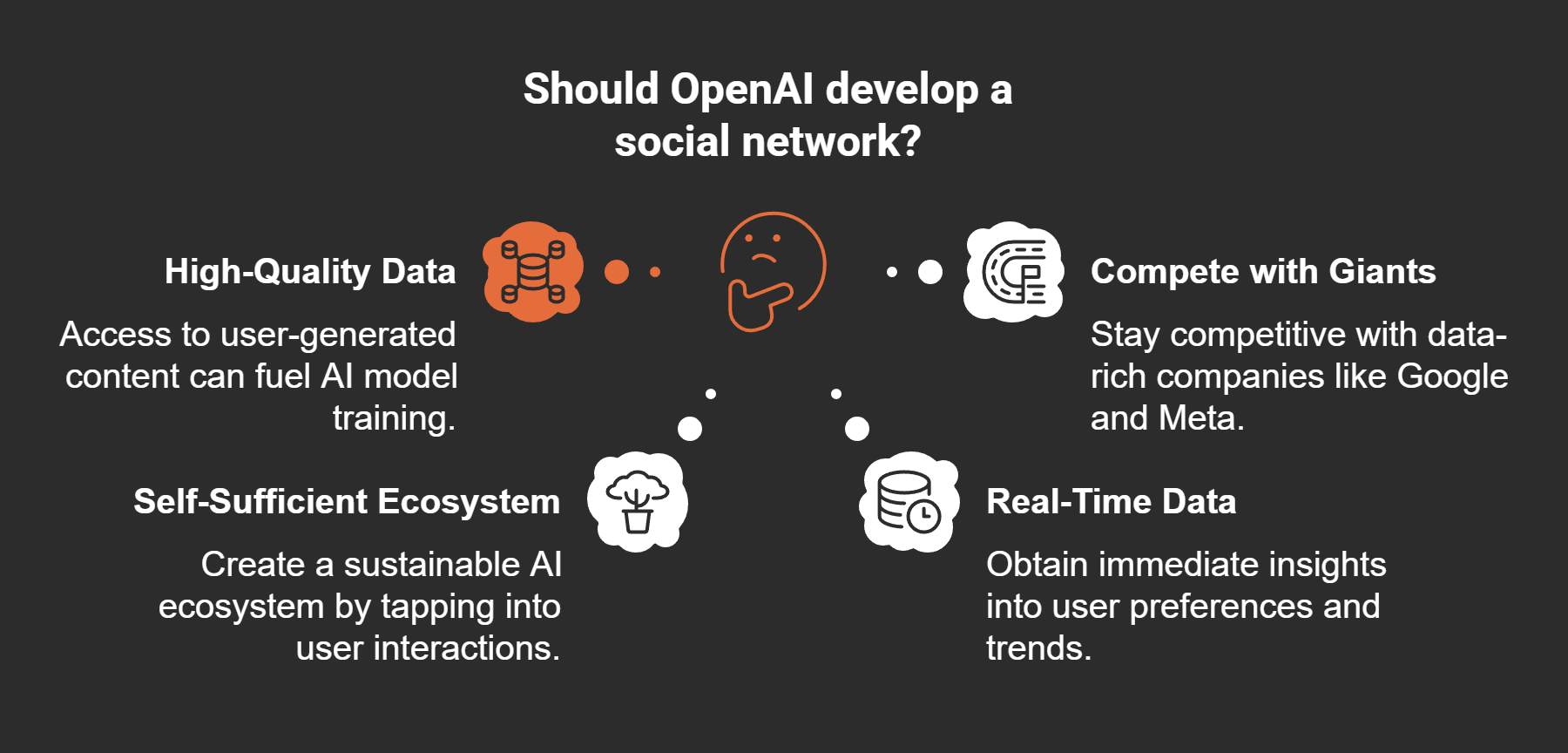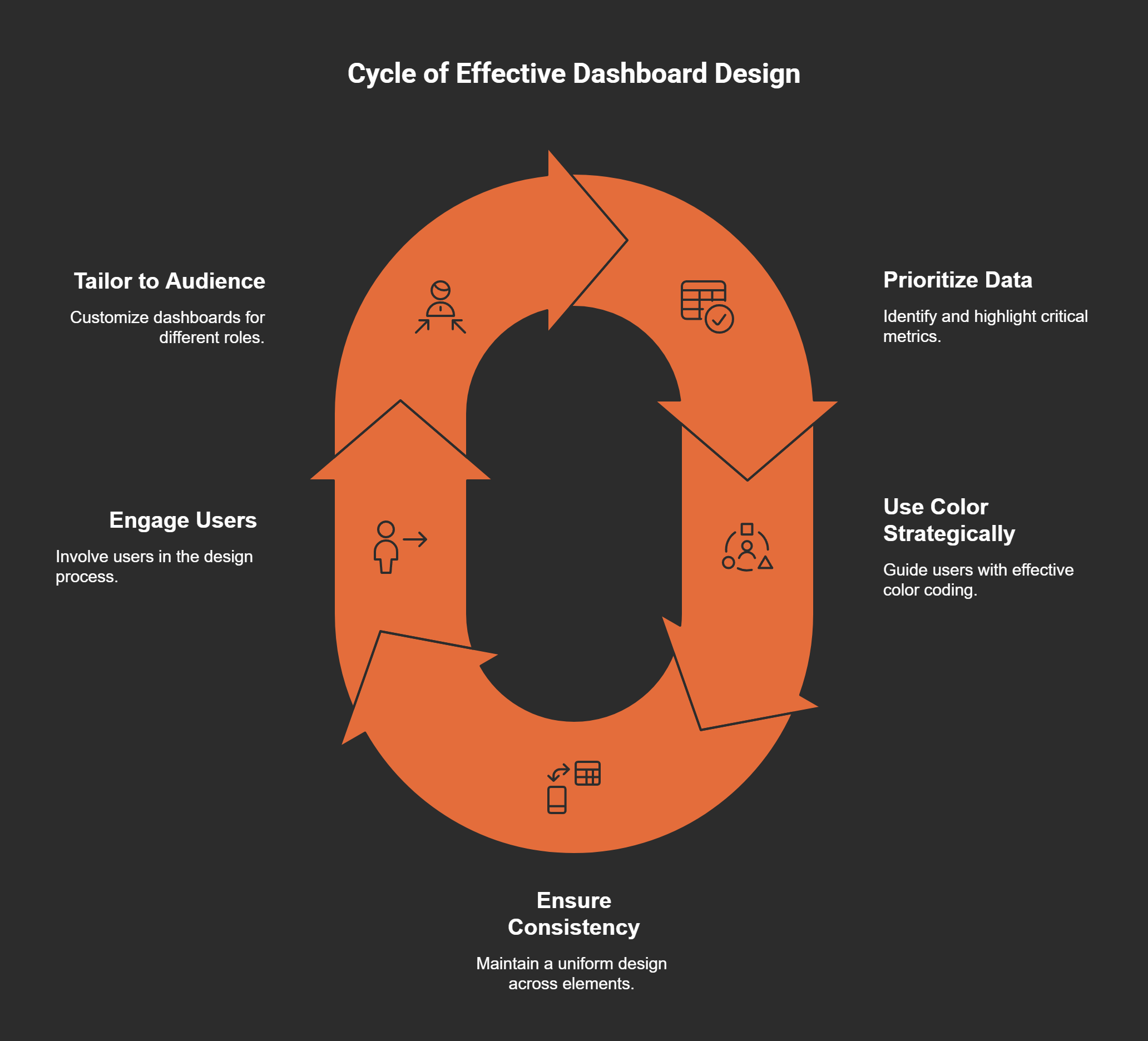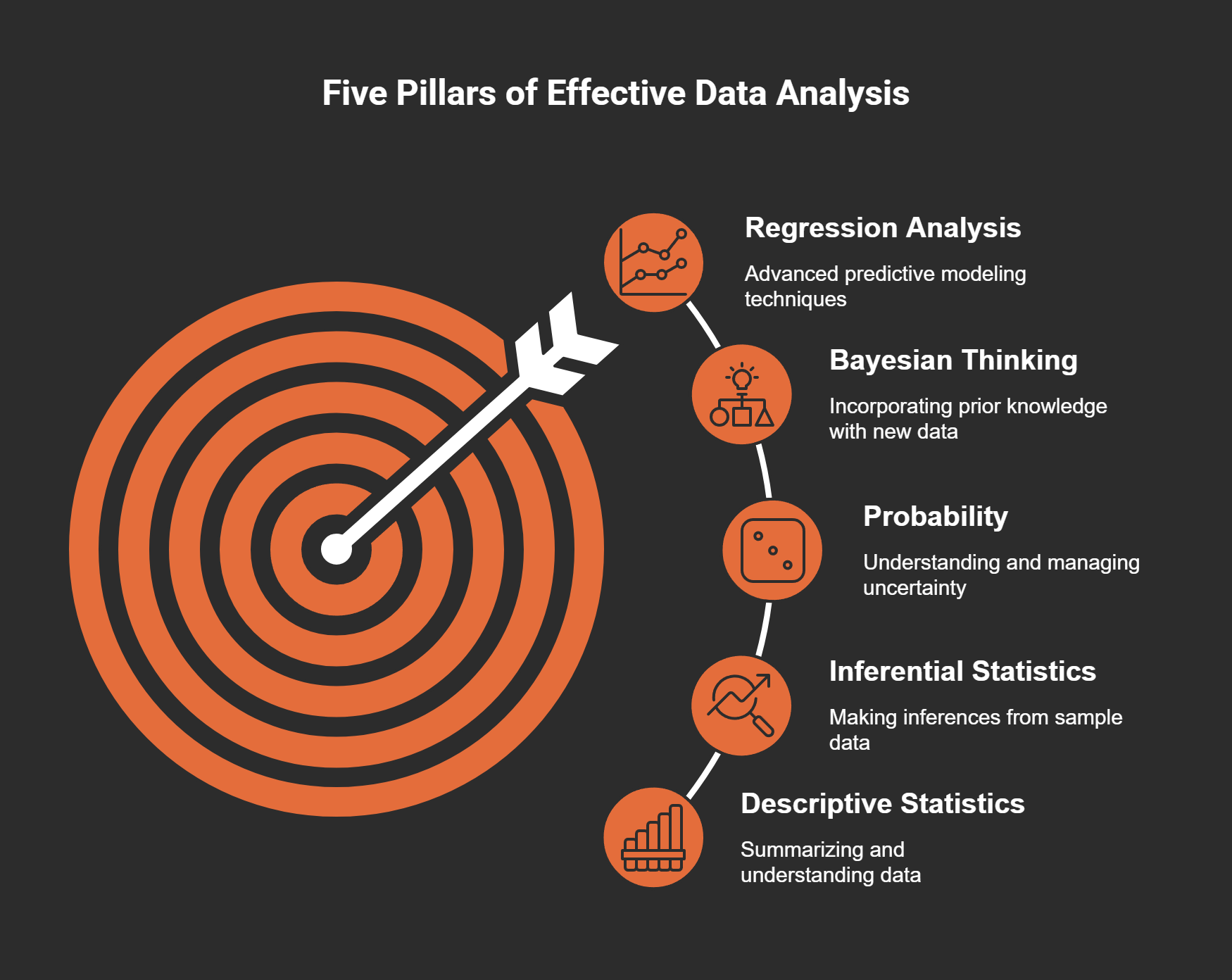What a User-Centric Data Map Looks Like
Description
Have you ever watched a symphony orchestra perform? The seamless blend of various instruments guided by a conductor can leave you awe-inspired. Interestingly, I’ve come to realize that synchronizing a data team carries similarities to this orchestral harmony. Both necessitate coordination and a shared understanding to translate disparate inputs into beautiful outputs. In this post, we’ll delve into how applying the conductor’s approach to data management can fundamentally shift how organizations perceive and utilize their data.
The Conductor's Paradigm: Understanding the Essentials
In the world of orchestras, the conductor plays a pivotal role. They guide musicians, ensuring harmony and rhythm. But what if I told you that the role of the conductor can be likened to that of a data leader in an organization? Both positions demand leadership, coordination, and a clear strategy. Just as a conductor interprets a score, data leaders must navigate the complexities of data management to drive success.
Role of the Conductor vs. Data Leadership
Let’s think about it. A conductor directs an orchestra, bringing together various instruments to create a symphony. Similarly, a data leader must harmonize different teams—like IT, marketing, and sales—to make sense of the data. They ensure everyone understands their part in the larger picture.
* Motivation: A conductor motivates musicians with energy and vision. Data leaders must motivate their teams to embrace data-driven decision-making.
* Guidance: Conductors guide musicians through complex scores. Data leaders navigate intricate data landscapes, ensuring teams understand how to use data effectively.
Just as a conductor needs to rehearse with their orchestra, data leaders must continuously engage their teams. They need to foster a culture where data flows freely and insights are shared openly. After all, a conductor without a score is lost, much like a team without a data strategy.
Importance of Coordination Across Departments
Coordination is key in both settings. In an orchestra, each musician plays a unique role, and their performance affects the whole. The same applies to any organization. If one department falters, it can impact the entire business.
Here are some critical points to consider:
* Cross-Department Collaboration: Data flows through various departments. Each team has insights that, when shared, can amplify the overall effectiveness.
* Shared Goals: When departments work together, they align their objectives. This shared vision enhances data initiatives, leading to better outcomes.
Think of it as an orchestra where each section—strings, brass, percussion—must collaborate to deliver a beautiful performance. The same is true for data teams; they must collaborate to convert data into actionable insights.
Common Missteps: Focusing Solely on Technical Skills
One of the biggest missteps I’ve observed is the overemphasis on technical skills. Organizations often invest heavily in technology, believing it’s the silver bullet. But technology without context is futile. It’s not just about having the best tools; it’s about understanding the underlying business needs.
Consider this:
* Context Matters: Technology can gather data, but without a clear understanding of its context, the insights generated can miss the mark.
* Human Element: Data projects require people who can interpret data and translate it into meaningful actions, not just analysts who can crunch numbers.
Organizations that focus solely on technical skills often find themselves lost, just like a conductor without a score. They fail to connect the dots between data and business value, leading to missed opportunities.
Establishing a Shared Map of Data Flows
So, how can organizations overcome these challenges? One effective approach is to establish a shared map of data flows. This visual guide helps everyone understand how data moves through the organization and its relevance to various departments.
To create a shared map:
* Identify Key Processes: Start by pinpointing business processes that rely heavily on data.
* Engage Users: Gather feedback from different departments about their interaction with data.
* Document Data Origins: Track where data comes from and how it transforms as it flows through the organization.
By visualizing this journey, organizations can preserve the meaning of data at each stage. This clarity is essential for effective decision-making. Imagine trying to navigate a new city without a map; it would be nearly impossible. A shared data map serves the same purpose—it guides teams through the complexities of data management.
Through this process, we can see that both orchestras and data teams thrive on coordination. Both require clear leadership, a shared understanding of goals, and a commitment to collaboration. With this in mind, we can better appreciate the intricacies of data-driven decision-making and the importance of effective leadership.
The Data Paradox: What's Behind High Failure Rates?
As I delve into the world of data management, I can't help but feel a sense of urgency. We're facing a startling truth. According to Gartner, 75% to 80% of data initiatives fail. That's right. A huge chunk of resources, time, and effort goes down the drain. Think about it: three out of every four data projects you invest in will likely fail to deliver their promised value. This is not just a statistic; it’s a wake-up call.
Why Such High Failure Rates?
First, let’s unpack why technology alone isn’t a silver bullet. Many organizations pour money into sophisticated tools and platforms, believing they can solve all their problems. But that's a misconception. Technology is just a tool. It requires human insight, strategy, and alignment with business goals to be effective. We can’t simply throw tech at the problem and expect it to go away.
One major issue I’ve observed is the misalignment between technical teams and business goals. Often, data teams work in silos, disconnected from the core objectives of the business. This lack of communication can create a chasm between what data analysts think they’re achieving and what the business needs. Have you ever felt like your team was working hard but not necessarily on the right things? You’re not alone. Many organizations experience this disconnect.
Recognizing Real Obstacles to Data Success
So, what are the real obstacles to success? Here are a few key points to consider:
* Misunderstood Data Context: Data is often seen as just numbers and letters. However, it carries significant meaning tied to customer behaviors, market trends, and operational metrics.
* Loss of Context: As data moves through different departments, its meaning can get lost. This makes it difficult to make informed decisions.
* Overreliance on Technology: Just because you have the latest software doesn’t mean you’re using data effectively. It’s about how you interpret and utilize that data.
To illustrate, let me share a couple of examples. A major retailer invested heavily in a customer data platform. They gathered tons of information on transactions and demographics. Yet, they struggled to derive actionable insights. Why? Because the insights didn’t address the core questions that store managers needed to enhance the customer experience. Similarly, a healthcare organization integrated a data warehouse that, while impressive, did not support clinician workflows effectively. This disconnect led to a lack of clinical relevance in data insights.
These examples highlight a common thread. The fundamental challenge is preserving data context as it flows through an organization. Each step in the user journey—from initial business knowledge to final analysis—creates opportunities for context to be lost or diluted. It’s like navigating an unfamiliar city without a map. How can you ensure you’re heading in the right direction without clear guidance?
The Importance of Understanding Business Objectives
I can’t stress enough the importance of understanding business objectives. Organizations need to recognize that raw data is just isolated facts without context. Knowledge emerges when data is structured and contextualized for effective business decisions.
As my colleague Natalie from SBTI Corp pointed out, understanding users’ actions and data capture points is essential for managing data effectively. Without this awareness, organizations risk collecting meaningless data rather than leveraging insights that can drive value.
"These aren't just minor setbacks; these are business crises waiting to happen."
This quote resonates deeply with me. It’s a reminder that the implications of failing to align data initiatives with business goals are severe. We need to avoid these crises by focusing on small, focused initiatives rather than sprawling, comprehensive projects. By identifying high-value use cases, organizations can generate quick wins, building credibility for future data projects.
As we move forward, the orchestration of data management must prioritize clarity and context. By fostering an environment where information flows seamlessly across silos, organizations can unlock the true potential of their data initiatives. Remember, data should not just be about numbers—it should translate into strategic business value.
<p
